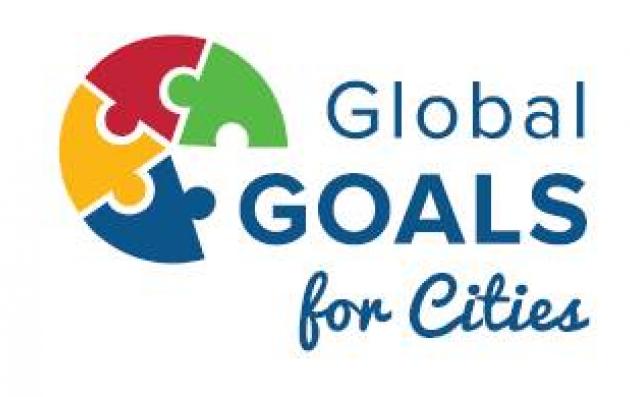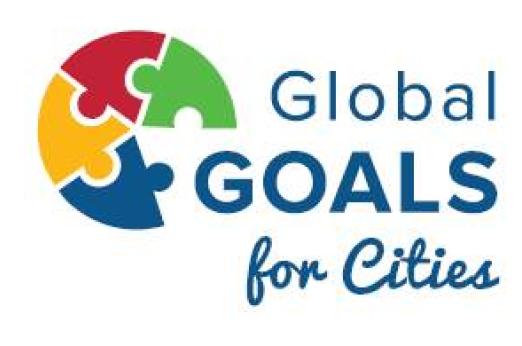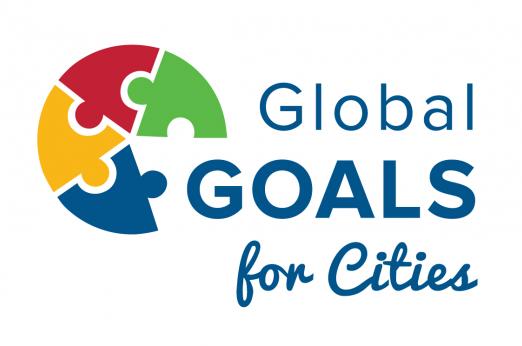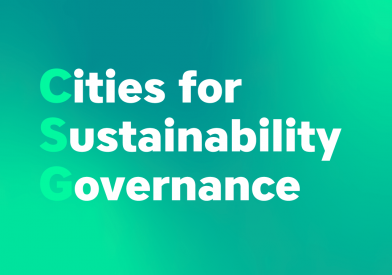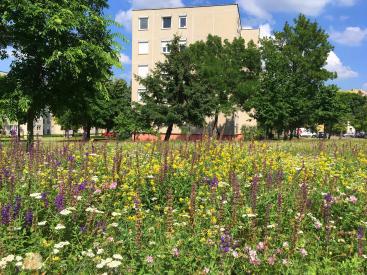Making the Sustainable Development Goals (SDGs) a reality in EU cities
The URBACT Knowledge Hub brings together the latest urban trends, so good practices are within everyone's reach. Back in 2015, the urban perspective was officially placed at the heart of the global 2030 Agenda, a major change in comparison to the original UN Millennium Development Goals (2000 - 2015). Throughout the last years, also known as the "decade of change", the importance of cities was acknowledged beyond the spectrum of a single goal and they have an important role to play in all objectives. URBACT supports cities by providing concrete tools and methodologies for localising the global goals within an integrated action-planing process.
- Social cohesion
- Local economy
- Climate action
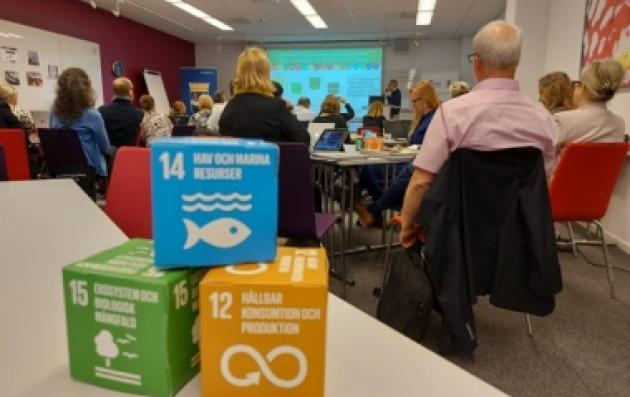
Summary
Localising the Sustainable Development Goals (SDGs) is an ever-evolving practice. Following the unanimously adoption of the United Nation’s 2030 Agenda, for the first time ever, sustainable cities and communities were singled out as distinct objectives in a multi-lateral agreement. An important milestone, acknowledging the central role of cities in the achievement of the SDGs. According to the OECD, it has been estimated that over 65% of the Sustainable Development Goals' targets need the active involvement of local and regional governments. Today, an increasing number of regions, cities and municipalities have started to use its 17 objectives and 169 indicators as a holistic framework to shape and improve their local strategies, translating these global goals into their local contexts.
The lessons and tools to localise Sustainable Development Goals are drawn from the URBACT Global Goals for Cities pilot (2021 - 2022), the largest European network of cities to ever tackle the challenges from the Agenda 2030.
“The Sustainable Development Goals
provide one of the best frameworks yet
to achieve holistic and integrated
sustainable urban development”.
From the Global Goals for Cities joint statement
that was signed by 19 cities.
Using the global goals at local level involves designing actions that contribute to the individual objectives, while monitoring progress accordingly. Used as a policy-making tool, the SDGs can help cities to develop better and more coherent policies and plans for an integrated urban development. Very much in line with URBACT, the SDGs offer a common language for working across policy silos and with different local stakeholders, often strengthening the social dimension of sustainability work and gaining a strong momentum.

Process & Tools
Combined with the URBACT Method, localising SDGs can create long-term impact.
Check below each step, related tools and success stories towards change:
About the 2030 Agenda
Made by the 17 Sustainable Development Goals, the United Nations Agenda 2030 has corresponding targets and indicators which are directly or indirectly related to the daily work of local and regional governments and local stakeholders -- with a specific objective dedicated to urban matters, the SDG 11. The 2030 Agenda must not lose momentum at this crucial stage of implementation, now is the time to speed up the delivery of all of these global goals. To be impactful, localisation needs to be anchored on the principles of integration, multi-stakeholder participation, inclusive partnership and multi-level governance and build on adequate data and financing resources at the local level, but not only.
The achivements and findings from the Global Goals for Cities pilot network also relied on URBACT tools, external partnerships and methodological support from the Council of European Municipalities and Regions (CEMR) -- more especifically the use of the Reference Framework for Sustainable Cities (RFSC) tool -- and the expertise from the Joint Research Centre's (JRC) on localising SDGs.


